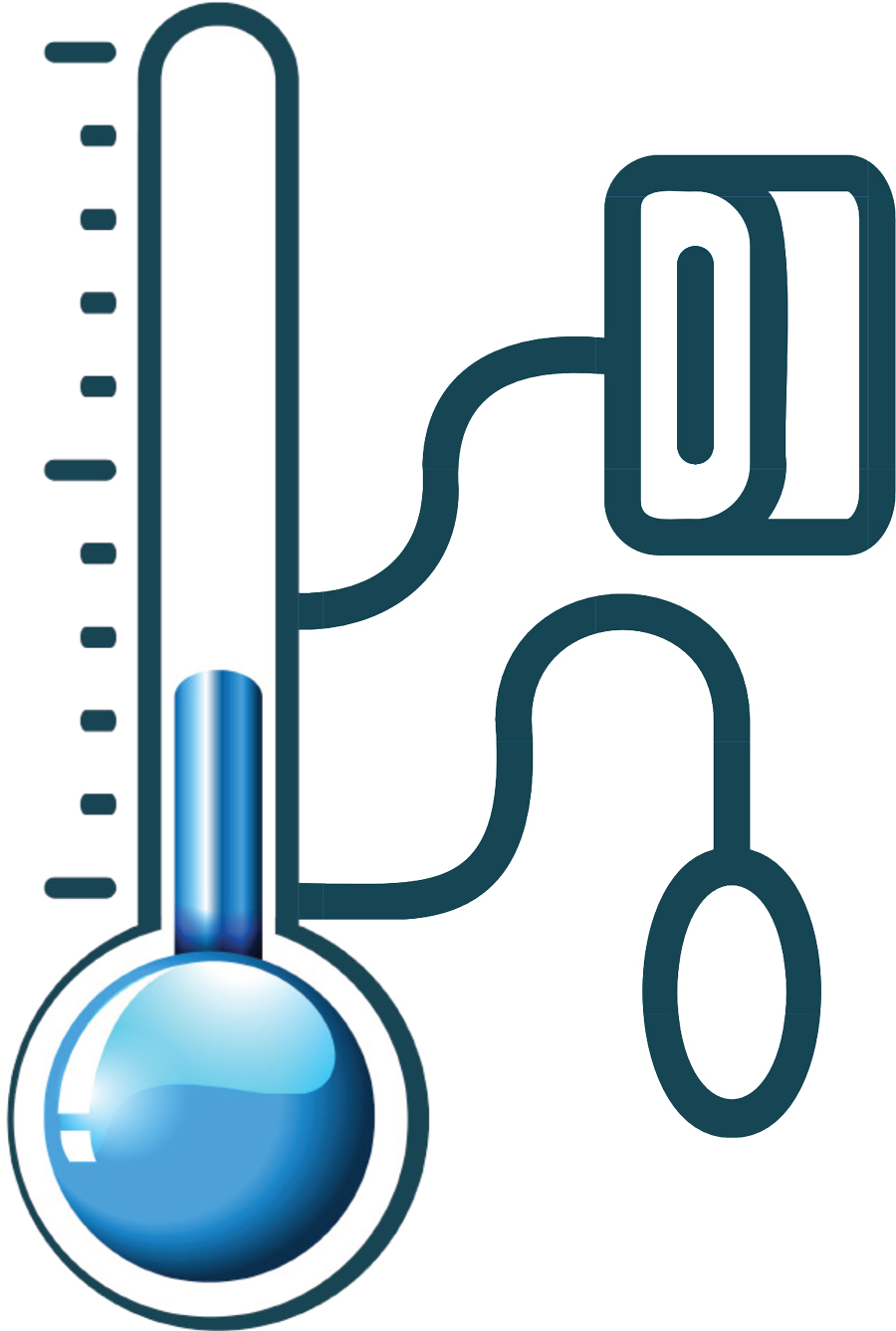With 2023’s winter’s present up and down temperatures, it is hard to calculate this season’s long effect of health on our bodies. The American Heart Association tells us that high blood pressure is a year-round problem, especially for the nearly one in three U.S. adults with known blood pressure problems — a third of them, however, not even aware that they have bp difficulties. Another health stat: “Nearly one in every two U.S. adults has high blood pressure, and only one of every four has it under control.”

One thing is known for sure, when temps dip far below 40 degrees, colder degrees of mercury can raise especially an older person’s blood pressure substantially. WebMD and University of Florida researchers state, “high blood pressure is defined as 140/90 mmHg or more. Prehypertension is a reading of 120/80 to 130/89. Normal blood pressure is lower than 120/80.”
It is a researched fact that blood pressure generally is higher in the winter and lower in the summer. Why do blustery winds and freezing temperatures of winter create these rising measurements? Philadelphia’s Vybe Urgent Care states, “Cold weather causes blood vessels to temporarily narrow requiring more pressure to force blood through the thinner veins and arteries.” The urgent care agency continues “This constriction of blood vessels is the body’s natural response to cold temperatures.” The clinic adds, “The reaction helps minimize heat loss from the warm blood to help keep your body warm. Sudden changes in atmospheric pressure, wind, and other weather conditions can have a similar effect, especially in people aged 65 and older.”
The heart already is known as the hardest-working body muscle. Your chances of having a heart attack or other cardiovascular issue increase, therefore, as cold weather diminishes the heart’s supply of oxygen-rich blood. Mayo Clinic advises us to continue to monitor blood pressure readings as the seasons change. They also ask us to talk to our health care providers about necessary changes in medications and their doses.
In the meantime, whether indoors or outdoors, it is advised to:
1. Go indoors frequently to keep warm.
2. Wear layered warm clothing outdoors.
3. Do not overexert yourself during outdoor activities.
4. If you experience blurred vision or pain in your arms, legs, or chest: seek immediate help.
5. Exert caution when shoveling, using a plastic blade only, and especially, just pushing wet or heavy snow in small portions of time. Doctors recommend to end snow shoveling activity between the ages of 45 to 55, depending on the person’s blood pressure history and heart attack risk.
6. If you can see your own breath outdoors, you are experiencing the loss of water vapor every time you breathe. Drink at least eight cups of water daily or substitute with other liquid products.



